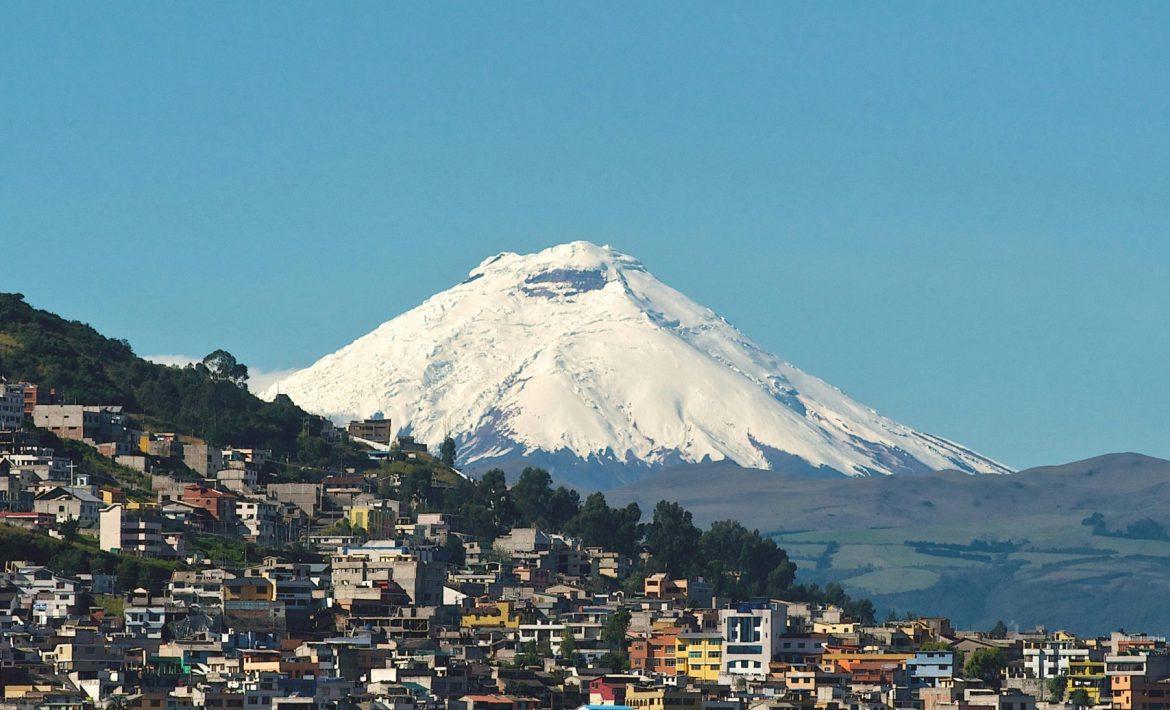
Climate Change And Pollinators: An Introduction
Climate change is driving a rapid decline in pollinators like bees, butterflies, and birds, threatening biodiversity and food security. These species are essential for the reproduction of most flowering plants and many crops, supporting ecosystems and human nutrition. Protecting pollinators through policies, regional plans, sustainable farming, and community action is a vital and achievable way to combat biodiversity loss and climate change.
by Theodora De Pasquale
Climate change is a leading driver of the global decline in pollinators, a group that goes far beyond bees to include butterflies, moths, hoverflies, birds, and bats [1]. The issue is urgent: pollinators are not only crucial to biodiversity, but are also key players in enhancing climate resilience and supporting human societies [1, 2]. Their role in fighting the climate crisis is both direct and indirect, making the protection of pollinator health one of the most impactful actions we can take for our planet’s future [2].
The Dual Threat: Climate Change and Pollinator Loss
Pollinators are at the centre of terrestrial ecosystems. Over 85% of the world’s flowering plants and around 84% of EU crop species depend on animal pollination to reproduce [2, 3]. This symbiotic relationship produces not only the foods we enjoy: fruits, nuts, and vegetables, but also the crops that underpin global economies and food security [4]. In the EU alone, the economic value of insect pollinators ranges between €5 and 15 billion annually [3].
However, this critical system faces unprecedented danger. Climate change acts as an accelerator for pollinator decline, compounding pressures like habitat destruction, pesticide use, and the introduction of invasive species. Extreme events such as drought and heavy rainfall, now more frequent and severe, disrupt the intricate synchrony between pollinator lifecycles and plant flowering times [4, 5].
Recent experimental studies confirm that drought can reduce the nectar available to pollinators by up to 95%, severely limiting the resources they need [5]. These mismatches reduce plant reproductive success and the availability of nutrient-rich foods, threatening both biodiversity and human health [4]. Moreover, warmer temperatures affect pollinators by altering their migration cycles.
Downstream effects ripple across ecosystems: as flowers vanish, so do the animals that depend on them, destabilizing food webs and diminishing the resilience of landscapes to further climate shocks. For humans, the loss of pollinators would shrink diets to mostly wind-pollinated staples and vegetative crops, with significant implications for nutrition, health, and rural economies [4, 6].
Pollinators as Climate Allies
Pollinators are secret climate soldiers. By enabling the spread and reproduction of biodiverse, carbon-sequestering vegetation, they support the very ecosystems that lock away atmospheric carbon and stabilize global climates [7].
The resilience of forests, grasslands, and agricultural landscapes, and thus our capacity to adapt to climate change, relies on thriving pollinator communities. Their decline makes it harder to restore degraded ecosystems and undermines efforts to mitigate further global warming.
From Legislation to Local Action
Confronting pollinator loss requires coordinated action from the government level to the grassroots. Key strategies include:
- Robust Policy Frameworks: The EU’s Nature Restoration Law and Pollinators Initiative require member states to reverse pollinator declines by 2030, establish monitoring frameworks, and incentivize pollinator-friendly farming practices [6].
- Regional Example: All-Ireland Pollinator Plan: Ireland’s plan, established in 2015, mobilizes councils, farmers, businesses, and the public to create habitats, reduce harmful chemical use, and track progress using citizen science [3]. This approach, rooted in regional culture and landscape diversity, has shown rapid improvements in pollinator abundance where implemented [3].
- Science-Led Management: Protecting pollinators means integrating wild habitats with farmland, reducing pesticides, and adopting sustainable, low-input agricultural methods. Ensuring flower-rich landscapes from cities to countryside is crucial.
- Community and Individual Activism: Everyone can help by growing native plants, avoiding pesticides, joining local conservation initiatives, and advocating for stronger environmental protections [4]. NGOs, research networks, and farmers all play vital roles in spreading best practices and driving innovation.
- Global Agreements: International conventions, such as the Convention on Biological Diversity, increasingly link pollinator health with climate action, food security, and sustainable development goals [7, 8].
A Positive Path Forward
The loss of pollinators is both a biodiversity and climate crisis, but it is also an opportunity for global healing [1, 2, 6]. By restoring pollinator populations, we support the natural systems that provide food, regulate climate, and protect human well-being [8]. The success of legislative actions, locally tailored strategies, and public engagement shows that this challenge can be met [6]. Safeguarding pollinators is vital, urgent, and achievable, an investment not just in environmental health, but in the resilience and prosperity of us all.
References:
[1] CABI, Climate change is most prominent threat to pollinators, ScienceDaily, 16 May 2024, https://www.sciencedaily.com/releases/2024/05/240515122737.htm, accessed on 3rd August 2025.[2] The Global Plant Council, Climate change is most prominent threat to pollinators, 5 June 2024, https://globalplantcouncil.org/climate-change-is-most-prominent-threat-to-pollinators/, accessed on 3rd August 2025.
[3] European Environmental Agency, Protecting and restoring Europe’s wild pollinators and their habitats, 18 June 2025, https://www.eea.europa.eu/en/analysis/publications/protecting-and-restoring-europes-wild-pollinators-and-their-habitats, accessed on 3rd August 2025.
[4] Mariken Kjøhl, Anders Nielsen and Nils Christian Stenseth, Potential effects of climate change on crop pollination, Centre for Ecological and Evolutionary Synthesis (CEES), Department of Biology, University of Oslo, Norway, 2011, https://www.fao.org/fileadmin/templates/agphome/documents/Biodiversity-pollination/Climate_Pollination_17_web__2_.pdf, accessed on 3rd August 2025.
[5] Maria Luisa P. Frigero, Carmen S. F. Boaro, Leonardo Galetto, et al., Extreme events induced by climate change alter nectar offer to pollinators in cross pollination-dependent crops, Scientific Reports, 29 March 2025, https://www.nature.com/articles/s41598-025-94565-2#citeas, accessed on 3rd August 2025.
[6] European Commission, Pollinators, https://environment.ec.europa.eu/topics/nature-and-biodiversity/pollinators_en, accessed on 3rd August 2025.
[7] Jeff Olerton, Pollinators are our secret weapon in the fight against global warming, NewScientist, 17 March 2021, https://www.newscientist.com/article/mg24933260-100-pollinators-are-our-secret-weapon-in-the-fight-against-global-warming/, accessed on 3rd August 2025.
[8] Hiuyan Cheng, How Does Climate Change Affect Pollinators and Put Our Food Supply at Risk?, Earth.org, 20 May 2024, https://earth.org/climate-change-pollinators/, accessed on 3rd August 2025.



